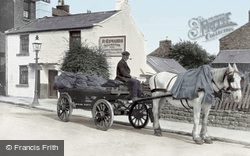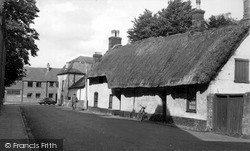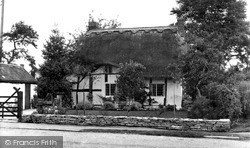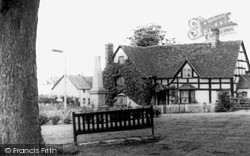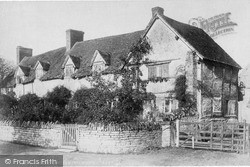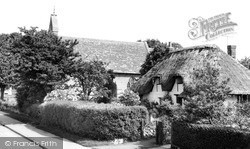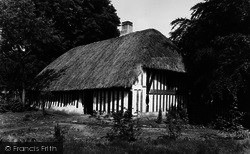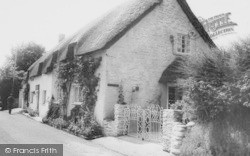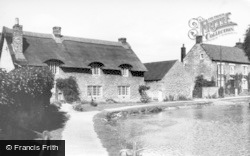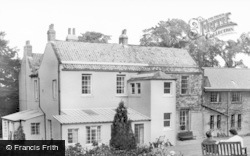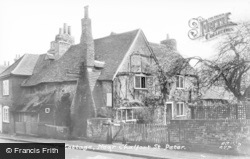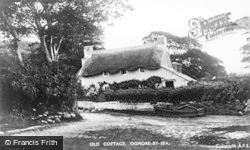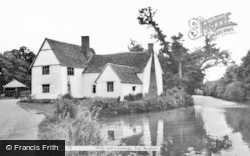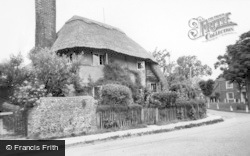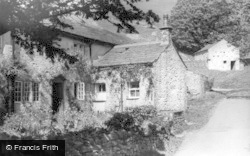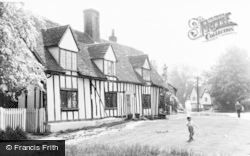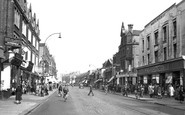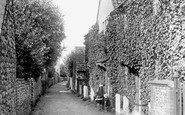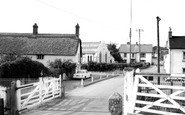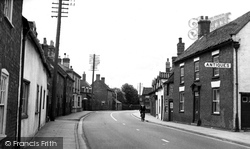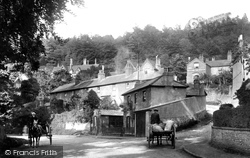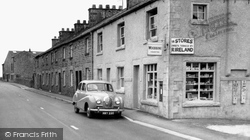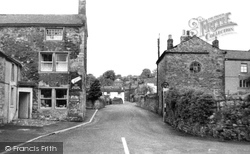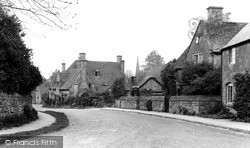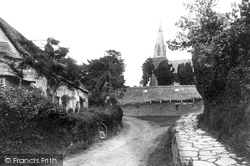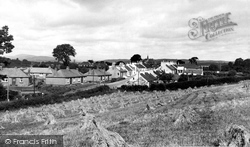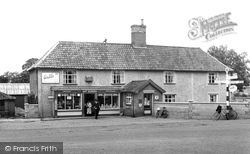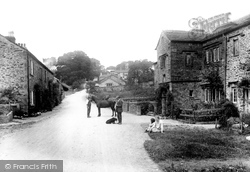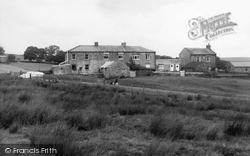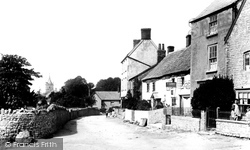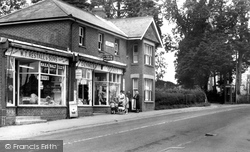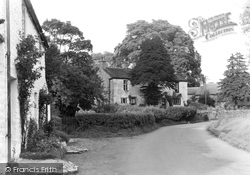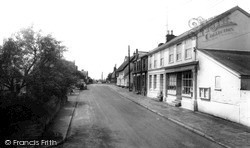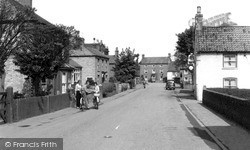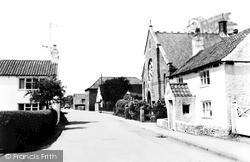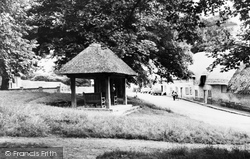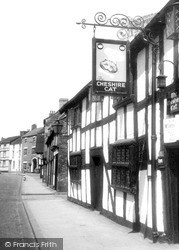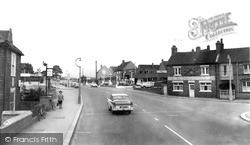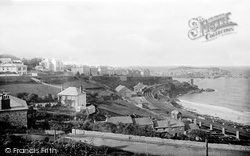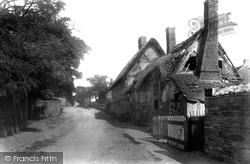Places
6 places found.
Those places high-lighted have photos. All locations may have maps, books and memories.
Photos
2,208 photos found. Showing results 1,341 to 1,360.
Maps
41 maps found.
Books
Sorry, no books were found that related to your search.
Memories
2,827 memories found. Showing results 671 to 680.
My Grandparents Ran The Post Office
My grandparents, William and Rose Broadway ran the Post Office stores in the late 60's and 70's. I can vividly remember jars of sweets, Grandad boiling his own ham, getting up at 5am to give papers to the ...Read more
A memory of Great Tey in 1968 by
Longley Road
Does anyone know anything about the Bowra family or Raven family? They lived in Longley Road in the late 1800s and 1900s until 1957. The family consisted of Henrietta Bowra, Leonard, Herbert, Sydney and Kate. Kate had a daughter ...Read more
A memory of Tooting in 1900
The Caravan Shop
I can remember the shop well, both my grandparants had caravans on Mr Wakley's old site (the first gate on the left past the windmill). If the Greenaways shop (that was an old bus parked by the windmill) was shut it meant walking ...Read more
A memory of Selsey by
Overstrand 1906 Ref; 56870
I think this picture is of 'The Londs', the narrow lane featuring fishermen's cottages leading from the village main street down to the small green and cliff top.
A memory of Overstrand in 1960 by
Crump Family
My 2 x great-grandfather, Thomas Crump, was born in 1799. He married Susannah Bond in 1822 and lived...??? at Mill Cottage. He became Farm Bailiff on the Quicke Estate, responsible for the letting of farms. His son, Matthew ...Read more
A memory of Newton St Cyres by
Old Church
In the fifties, my mother worked at the Stanmore Cottage Hospital. As I cycled down Uxbridge Road to visit her at work, I imagined the ivy-covered old church to be a Norman Keep. Does anybody know why the old church was allowed to fall into disrepair and the new one built next door?
A memory of Stanmore by
Little Tudor 1900s To Present
Little Tudor was the cottage that my grandmother resided in when she was a young girl. It is located on The Green in Holyport, Maidenhead. She and her brothers and sisters grew up here in the 1900s. I visited it last ...Read more
A memory of Holyport in 1941 by
My Family
My father's grandfather Mark Gadd Lowman was the landlord of the Railway Hotel now Culm Valley pub in 1917 which stood to the right of these crossroads. Mr Evans the station master used to let my dad, Frank Wheller, open the gates for ...Read more
A memory of Culmstock in 1920 by
Old Stowey
My parents bought Old Stowey from Major Enderby, sadly after my father's death in 1970 the place was sold for 50.000 complete with farm workers cottages & 600 acres. I now see it's on the market with 40 acres for 1.5 ...Read more
A memory of Timberscombe in 1970 by
A Walk From Shotgate Baptist Church To The Nevendon Road Part 2 See Part 1 Below
Continued from Part 1 below. Next to Martins Bank was a record shop, where I remember going with my parents and standing listening to records in the small ...Read more
A memory of Wickford by
Captions
2,010 captions found. Showing results 1,609 to 1,632.
Here we look along the High Street, where most of the houses and cottages survive on the left but only No 62, then an antique shop, on the right.
the foot of Byttom Hill, the building is still clearly recognisable, although now expanded into a chic Italian restaurant named Frascati, and with a bus stop immediately outside what was then Highway Cottage
The village has rows of sandstone cottages and a number of farms. It was self-sufficient in the 19th century.
Two bus stops are opposite each other: one is outside the shop advertising Zebrite, a black lead used to clean iron grates and the ranges found in most cottages.
Today many of the cottages are holiday homes, and consequently Stanton can feel as though the door has been locked while the inhabitants are away.
These cottages stand in Watery Lane, between Church Road and the Cross and the track to Harry Warren House on the clifftop - the track becomes the coastal footpath to Old Harry Rocks.
Forsters Cottage and a memorial commemorate William Edward Forster MP (1818-86), born in the village, who was the architect of the Elementary Education Act of 1870.
Houses and cottages, many single-storey and built of local stone with slate roofs, line the long, winding main street.
But the site of the old bridge and the cottages in this photograph can still be seen nearby.
At the southern limits of the county, close by Diss, this delightful village of knapped flint cottages sits in wooded countryside in the valley of the Little Ouse.
This pastoral scene posed by the photographer is charming; it shows the steep village street leading to the cottages grouped around the stocks, church and inn.
Most of the cottages and small holdings were originally built for mine workers.
It was converted into cottages in 1931, when the thatch was replaced by tiles. The three-storey building in the centre used to be the Valiant Soldier Inn and was built about 1670.
This is a characteristic scene: the reeds are stacked alongside old farmhouses and cottages waiting to be taken away by wide flat-bottomed craft such as wherries and barges.
It became a parish in 1880, but before the local vicar gave it a name and an identity of its own, it was little more than a scattered collection of houses and cottages.
The cottages and mature trees are typical of Bolton-by-Bowland. This beautiful village, once famous for its skilled bowmen, stands on the edge of Bowland Forest.
On the corner of the green is the 18th-century Swan Inn (centre right), while nearer is a pair of Victorian cottages dated 1870.
Behind the cottages on the left towers the gable of the Methodist church, a grandiose building of 1878 where my great-grandfather was a lay preacher and leading light in the village's thriving
Further up the High Street, the whitewashed cottage on the right is called Kinver Edge.
The view is eastwards from the village green to a range of 18th-century thatched cottages (right).
This building was built as three cottages in 1637; it was converted into almshouses before becoming a pub in 1945. It is no longer called The Cheshire Cat, which is sad.
Compare this view with No O45043, and note the cottage on the right with the broad light-coloured band above the front door running across the house front. This building appears in both pictures.
St Ives is seen from Draycott Terrace, overlooking cottages in Primrose Valley below and the curving sweep of the railway station beyond, most of which is now a car park.
There are a number of 16th- and 17th-century half-timbered cottages in this photograph, but judging by the state of some of them the village was living up to the 'Beggarly Broom' image given to it
Places (6)
Photos (2208)
Memories (2827)
Books (0)
Maps (41)



